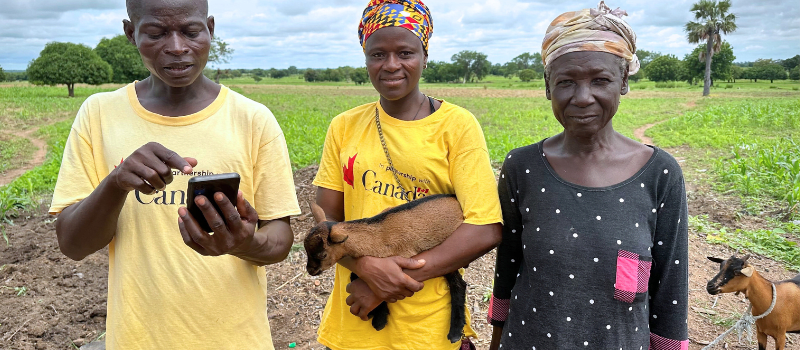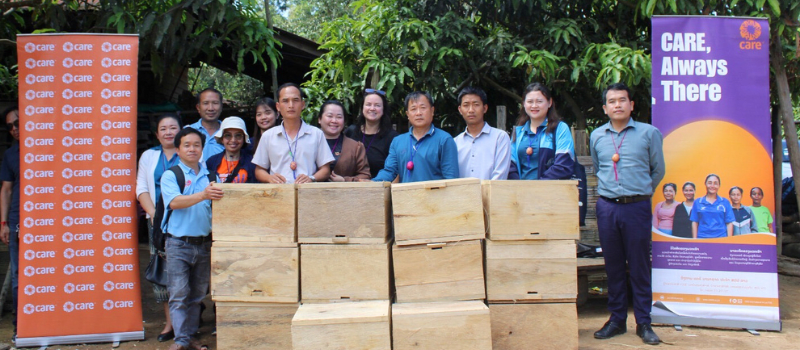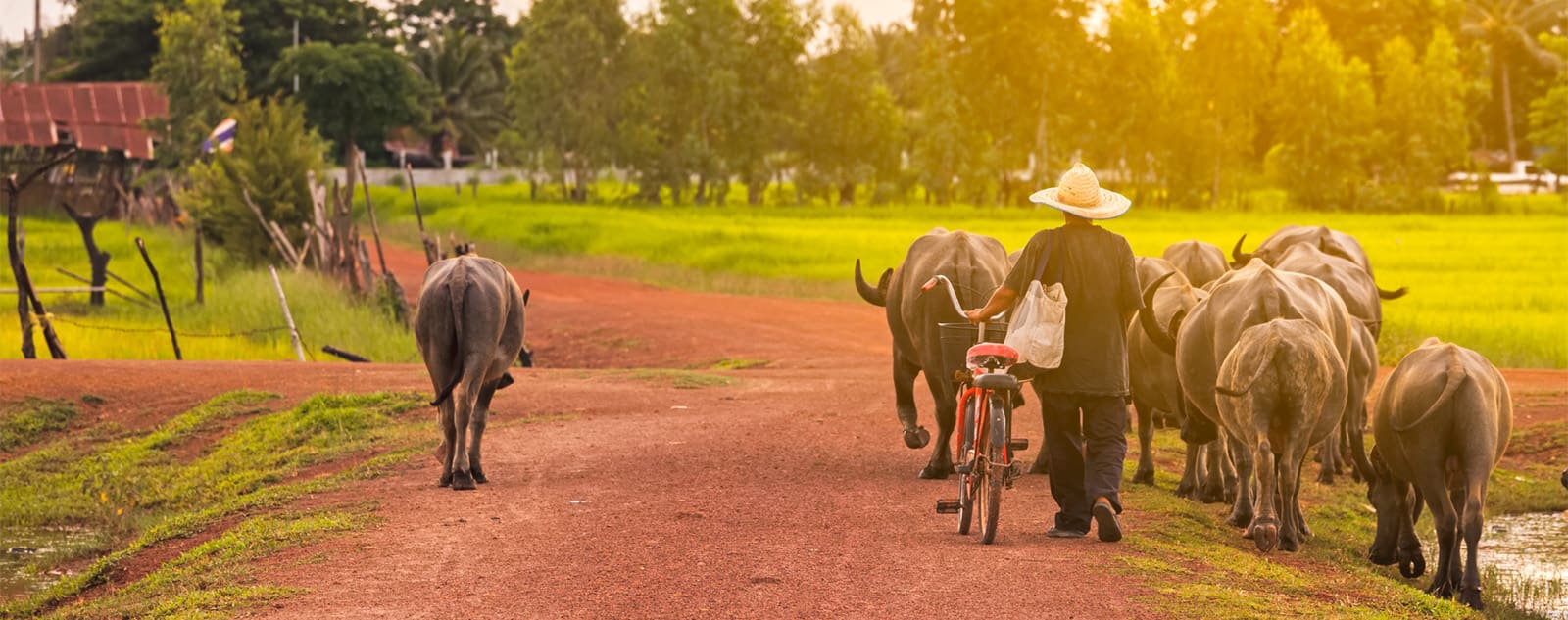This case study was contributed by the VETS team in Kenya.
Mary Wambui is a 26-year-old small-scale farmer who resides in Gatunduini village in Mukurwe-ini, Kenya. She is the primary person caring for dairy cows on her farm, and shares decision making responsibilities with her husband. Mary has benefitted from five training sessions conducted by VWB/VSF VETS volunteers, with major topics covered including calf and heifer rearing, dry cow management, cow comfort, feeding a lactating cow, and fodder establishment, production and preservation. She has also received close mentorship during follow-up visits by extension team members who have received capacity building interventions from the program.

Mary Wambui at her farm in Gatunduini village, Mukurwe-ini. The shed has been transformed using locally available material to make the resting area soft and dry.
Mary has made several changes to her farm, including improvement of cow comfort using locally available materials, steaming up her dry cow, and preserving fodder as silage for the first time. At the time of writing this story, her cow had calved a month ago, and was producing 30 litres of milk compared to around 22 litres at the same point during the last lactation period. Mary associated this increased production to a change in the management of the cow during its dry period.

Mary indicated that the increase in production meant that her family has more income, resulting in an improvement in quality of life for her, her husband, and their two young children. The tangible results have caught the attention of her husband, who is now more supportive and open to making more recommended changes. At the time of the visit, he had already supported her in preparing the farm for expansion of the section under Napier grass once the rainy season starts.
Learn more about our international work, including our work with dairy farms in Kenya.




